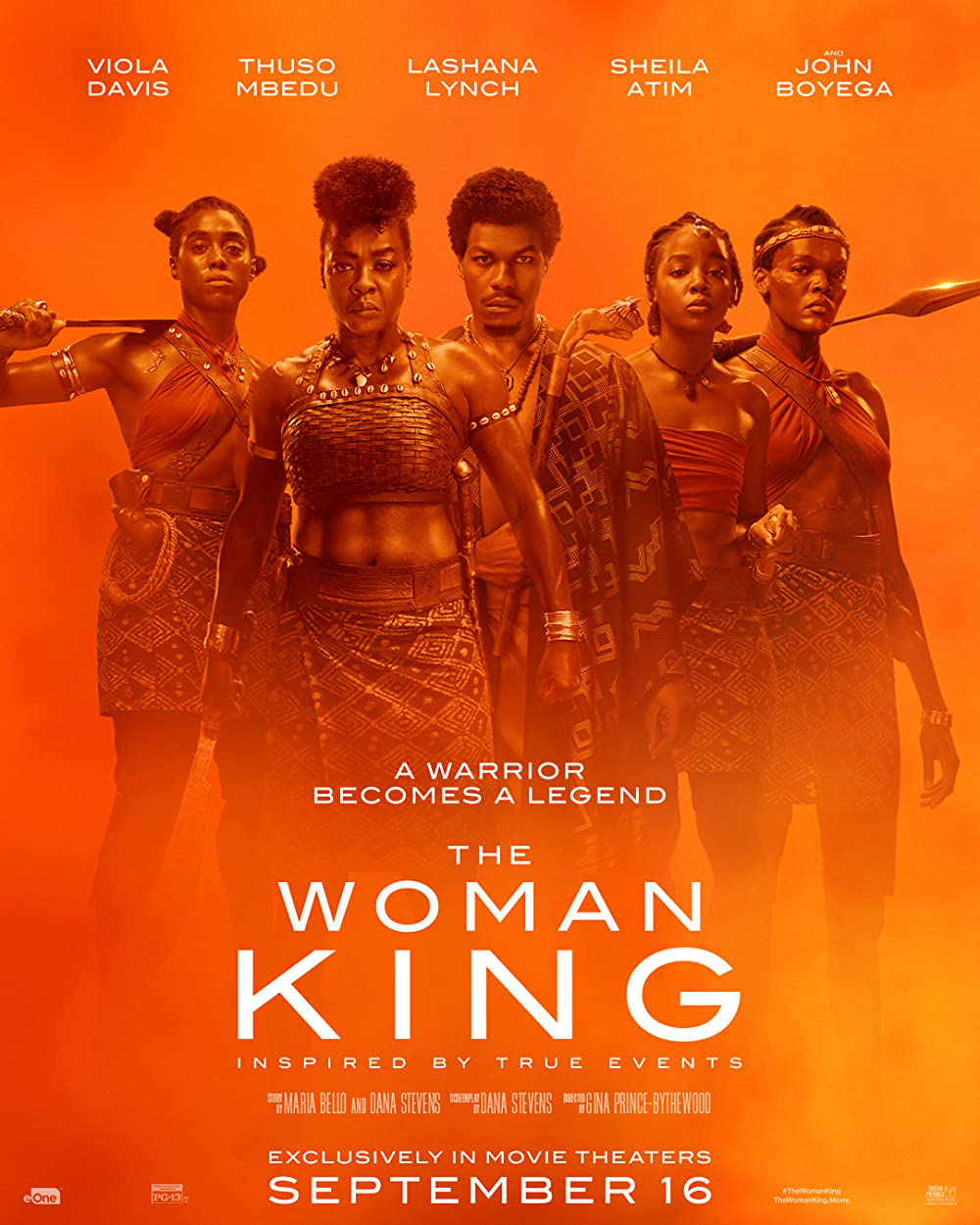
To ask that Hollywood be faithful in depicting historical events is like asking that a fish prove its earnestness by riding a bicycle. A futile hope. And so it is with The Woman King, directed by Gina Prince-Bytherwood, and with inimitable Viola Davis in the starring role.
And yet, despite all its distortions, the film did strike an unerring note about the complex historical transition that the Kingdom of Dahomey was going through in the period in which it was set. The real King Ghezo, superbly played here by John Boyega, reigned from 1818-1859. (The film begins in 1823). The dates are significant, partly because they come a good length of time after the Abolition of Slavery in 1807.
From 1808 the British set up a naval patrol known as the West African Squadron (also the Preventative Squadron) to patrol the Atlantic along the Gulf of Guinea and to seize slave ships and free their cargoes of slaves. Many freed slaves were sent to Freetown in Sierra Leone, where they were met by Christian missionaries and conversion. But most significant in this film was the presence of the Portuguese at Ouidah, who were shown happily continuing with the slave trade. Why was this in the period clearly after Abolition?
It comes from a very pragmatic and cynical treaty that the British signed with the Portuguese in 1810 that allowed the latter to exclusively continue with their slave trading in certain named ports, one of which was Ouidah. But the Portuguese had been in West Africa since 1414, first arriving in Cape Verde but then moving to establish settlements all over West Africa, and indeed even down to the Cape in South Africa. The fort in the movies is likely referencing Fort of São João Baptista de Ajuda, which the Portuguese built at Ouidah in 1721, even though trading had started there on their arrival in 1580.
The Portuguese introduced a Portuguese-inflected pidgin as a trade language all across their holdings in West Africa and beyond. The language that King Ghezo is seen speaking with the Portuguese merchants in the movies was likely a variant of this pidgin. But the historical King Ghezo was also known to have written many letters to the King of Portugal at the time.
Also important in the film were the references to palm oil production, as well as to indigo. In attempting to switch from slave economies to what historians of the period refer to as legitimate trade, many West African societies adopted palm oil production. This proved highly lucrative for a period, as palm oil and related products were very important for fueling the Industrial Revolution.
The history of indigo in West Africa is a bit more complicated, but suffice it to say that the film made a good point of showing the indigenous garment production industry that was present in the period. The uniforms that the Agojie wore to war were different from the fabrics that they wore in peace time at home, but both fabrics were locally woven and dyed with indigo and other natural dies. It is the introduction of factory woven cotton that ultimately displaced the locally woven fabrics in West Africa and converted them either into peasant or highly ceremonial clothing. Thus, in Ghana for example, there is a sharp contrast to be drawn between the batakari, a variant of the Agojie war dress in the film, and typically associated with the north of the country, and Vlisco, more popularly known as African print cloth. This is of course a complete misnomer.
Originally established by the Dutch in 1848, Vlisco represents the European takeover and indeed almost complete displacement of the culture of taste (with apologies to Simon Gikandi) that had developed for generations around indigenous African garments.
One significant detail regarding the clothes that the people wore in the film, and which was also important as the marker of historical processes, is that it was not always that the fabrics of King Ghezo’s beautiful gowns and indeed those of his favorite wife were made of the same fabric as those of the people over whom he ruled. At several points his beautiful gowns were made of silk, clearly imported from elsewhere. This is also historically accurate, since the political elites and their satellite traders were the first to adopt items of European material culture, including fabrics and garments, cooking utensils, candle holders, guns, and of course a new range of alcoholic beverages (whiskey is also mentioned more than once in the film). It is not clear what exactly the Portuguese merchant brought to King Ghezo when he came to pay homage to him in the film, but we can be sure that the large wooden chest that he carried with him must have contained various European goods.
Perhaps the most important element of historical salience, however, was the internal debates that were depicted in the film regarding the usefulness or otherwise of the trade in slaves. These debates had been raging consistently since well before the age of Ghezo. What the film shows is the merging of contradictory historical impulses, on the one hand represented by the rapacious Portuguese slave traders at Ouidah, and on the other, the factional internal disagreements within the Dahomey Kingdom itself. The film depicts the Agojie as the historical agents of anti-slavery, but the truth may have been a bit more complicated since some of those they conscripted into their ranks were also enslaved women. The historical vicissitudes of the period were highly complicated.
One final piece that was also of historical interest in The Woman King is the way in which the soldiers from Oyo were dressed. At the time, parts of Yorubaland, which the term “Oyo” was supposed to cover, had been overran by Muslim armies from Northern Nigeria, inspired south most famously by Uthman dan Fodio. An Islamicized Ilorin had become the military headquarters of the Oyo kingdom by the start of the nineteenth century, so that the depiction in the movie of the soldiers from Oyo wearing turbans and riding horses was a direct reference to the place of Islam among the Yoruba in the period.
Having said that, the implied opposition established in the movie between horse riders (the Oyo) and non-horse riders (the soldiers of Dahomey) may have been somewhat exaggerated, since by the 19th century the horse had been adopted as significant markers of status and wealth and also into their various armies by many ethnic groups in West Africa, as Robin Law instructs us in The Horse in West African History. The horse was also a mixed military blessing, as it was not very useful in highly forested areas, which was one of the reasons why the Oyos were defeated by Dahomey.
Of course, all that I have said thus far leaves untouched the historicity of the Agojie themselves, but that is so central to the film that I am hopeful that others will delve into it fully. My interest has been in what is likely to remain peripheral to discussion of the film, but which, I think, should also be taken account in evaluating its contribution to our our understanding of the historical period.



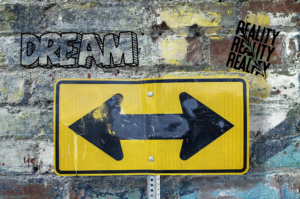
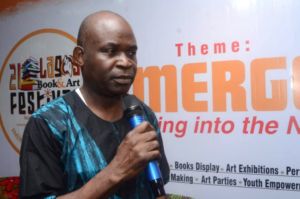
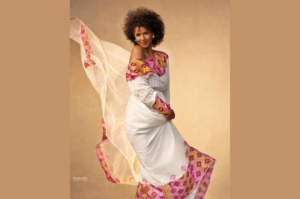


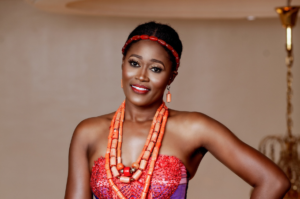

COMMENTS -
Reader Interactions